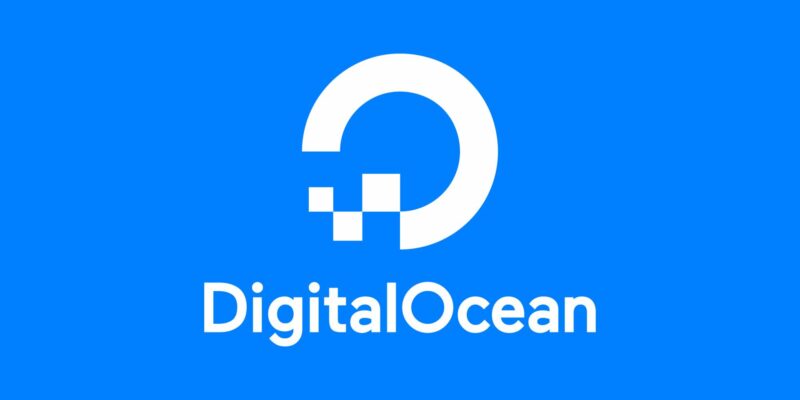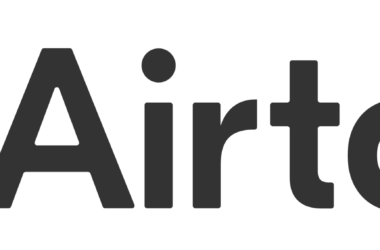In today’s fast-paced digital landscape, choosing the right cloud computing solution is akin to setting the cornerstone of your digital presence. While DigitalOcean has been a go-to choice for many, exploring alternative options is a prudent step to ensure optimal performance, scalability, and compatibility with your unique requirements. In this comprehensive guide, we’ll take you on a journey through a diverse array of DigitalOcean alternatives, shedding light on their features, benefits, and considerations to help you make a well-informed decision.
Unveiling DigitalOcean: Features and Limitations
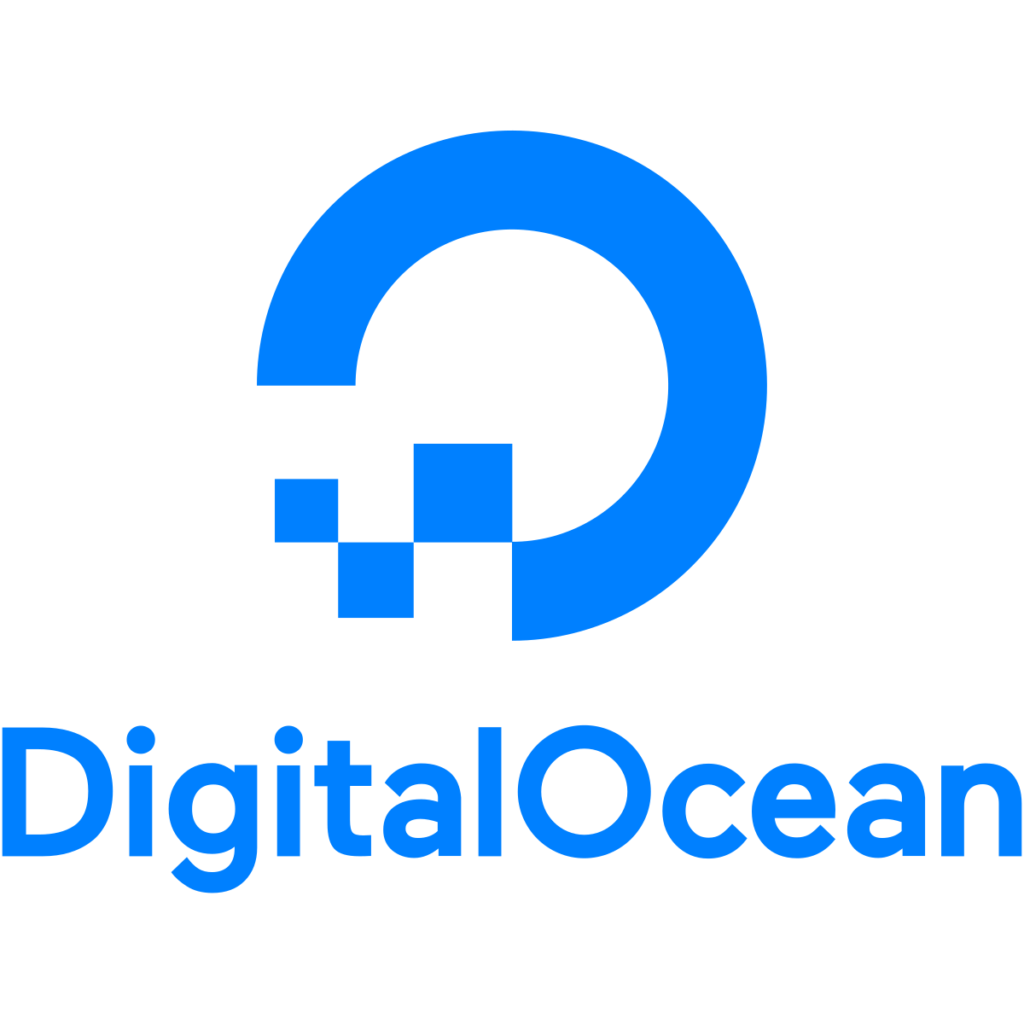
Features That Define DigitalOcean
DigitalOcean, renowned for its user-friendly interface and developer-friendly environment, offers a variety of features that have endeared it to startups and developers alike. Its hallmark features include:
1. Scalable Virtual Private Servers (Droplets)
DigitalOcean’s Droplets provide a scalable and flexible infrastructure that allows you to deploy applications effortlessly. Whether you’re launching a small web app or a complex web service, Droplets offer the flexibility to meet your evolving needs.
2. Vast Library of Pre-configured Images
The platform offers a comprehensive collection of pre-configured images, simplifying the setup process for various applications and frameworks. This extensive library accelerates development cycles and empowers you to focus on creating value instead of grappling with intricate configurations.
3. Developer-Focused Environment
DigitalOcean’s focus on simplicity and ease of use caters to developers who seek hassle-free cloud deployment. The user-friendly control panel, straightforward documentation, and intuitive API make it an ideal playground for developers to experiment and innovate.
Limitations to Consider
However, no platform is without its limitations. As your projects evolve, you may find DigitalOcean’s limitations become more pronounced:
1. Scalability Constraints
DigitalOcean’s scalability options, while suitable for many projects, may fall short for high-demand applications and larger enterprises. Rapid scaling to accommodate sudden traffic spikes might require additional planning and optimization.
2. Limited Geographic Presence
Depending on your target audience, DigitalOcean’s data center locations may not provide optimal performance for all regions. Geographically dispersed users could experience latency, affecting user satisfaction and engagement.
3. Advanced Enterprise Features
For complex enterprise-level requirements, DigitalOcean’s feature set might not meet the advanced needs of large organizations. Enterprises often demand specialized features like comprehensive monitoring, advanced security protocols, and compliance certifications.
Why Seek DigitalOcean Alternatives?
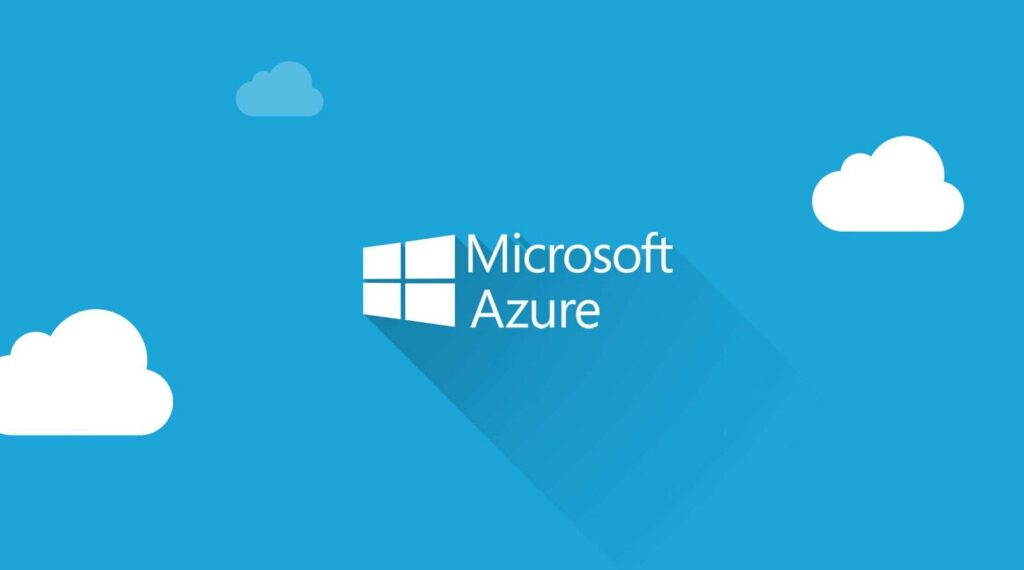
The pursuit of DigitalOcean alternatives is not driven solely by its limitations; rather, it is a proactive endeavor to find a tailored solution that aligns perfectly with your evolving demands. As your projects grow in complexity and scale, exploring alternatives becomes a strategic move to ensure seamless expansion and performance optimization.
1. Diverse Workloads and Specialized Needs:
Every project is unique, and as your digital initiatives diversify, you may encounter specific requirements that demand a more specialized cloud computing solution. Seeking an alternative enables you to find a platform that caters precisely to your project’s distinct needs, whether it’s robust machine learning capabilities, high-performance computing, or data-intensive applications.
2. Geographic Optimization and Latency Management:
In a globalized digital landscape, the geographic distribution of data centers plays a pivotal role in ensuring optimal user experiences. Exploring alternatives allows you to pinpoint providers with data center locations strategically positioned to reduce latency and enhance performance for your target audience, regardless of their location.
3. Scalability on a Grand Scale:
As your user base expands and workloads intensify, the need for seamless scalability becomes paramount. While DigitalOcean offers scalability options, certain alternatives specialize in providing virtually limitless scalability, ensuring your applications can handle surges in traffic without compromising performance or user experience.
4. Enterprise-Grade Features and Compliance:
For enterprises and businesses operating in regulated industries, advanced security measures, compliance certifications, and robust data protection mechanisms are non-negotiable. Exploring alternatives gives you access to platforms equipped with enterprise-grade features, safeguarding your sensitive data and ensuring adherence to industry regulations.
Exploring Top DigitalOcean Alternatives
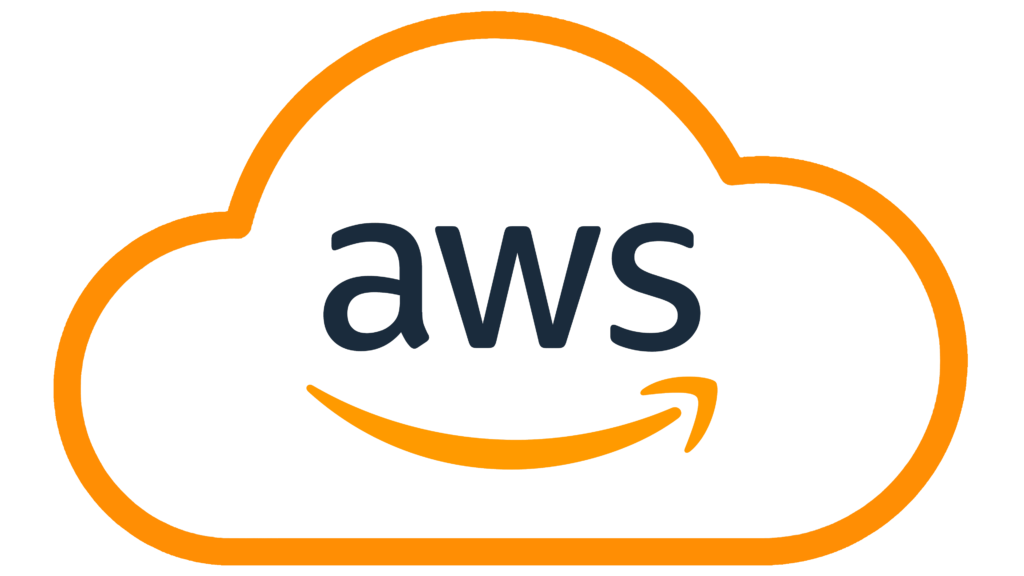
1. Amazon Web Services (AWS): Elevating Cloud Computing to Unprecedented Heights
When it comes to cloud computing, Amazon Web Services (AWS) stands as a titan among giants. Offering an extensive suite of services ranging from computing power and storage to machine learning and analytics, AWS has cemented its status as a preferred choice for enterprises and startups alike.
2. Microsoft Azure: Bridging the Gap Between Productivity and Innovation
Microsoft Azure emerges as a formidable contender, seamlessly integrating with the Microsoft ecosystem. Developers and businesses heavily invested in Microsoft products can leverage Azure’s integration for enhanced productivity and streamlined workflows.
3. Google Cloud Platform (GCP): Pioneering Innovation Through Data and AI
Google Cloud Platform shines as a beacon of innovation, particularly in the realm of data analytics and artificial intelligence. From advanced data processing to machine learning capabilities, GCP empowers businesses to extract meaningful insights and drive informed decisions.
4. Linode: Finding the Balance Between Performance and Affordability
Linode strikes a harmonious chord by offering a blend of performance and budget-conscious pricing. Its array of plans caters to different needs, making it an attractive choice for startups aiming to optimize costs while maintaining robust infrastructure.
5. Vultr: Agility and Scalability at Your Fingertips
Vultr’s agility in deployment and scalable architecture positions it as a go-to option for projects that demand rapid setups and on-the-fly scalability. With an intuitive interface and straightforward pricing, Vultr caters to developers seeking efficiency.
6. Hetzner Cloud: European Excellence in Cloud Solutions
Hetzner Cloud, with its emphasis on high-performance virtual machines and storage solutions, garners attention from businesses seeking a European cloud provider with a strong commitment to reliability and innovation.
7. UpCloud: Elevating Performance Through High-Speed Servers
UpCloud’s unwavering focus on high-performance virtual servers translates into lightning-fast speeds and minimal latency. If speed is a critical factor for your projects, UpCloud can deliver the performance edge you need.
8. OVHcloud: A Global Canvas for Your Cloud Needs
With a global footprint and a diverse array of services, OVHcloud presents a versatile canvas for hosting solutions. Whether you require a dedicated server or a scalable cloud instance, OVHcloud has a solution tailored to your needs.
9. IBM Cloud: Enterprise-Grade Solutions for Complex Demands
IBM Cloud shines as a beacon of enterprise-grade solutions, catering to businesses that demand top-tier security, compliance, and scalability. With a comprehensive suite of services, IBM Cloud can accommodate even the most intricate workloads.
10. Scaleway: European Elegance in Cloud Services
Scaleway exudes European elegance through its range of cloud services, including virtual instances, storage, and Kubernetes offerings. With a strong focus on sustainability and innovation, Scaleway resonates with environmentally conscious projects.
11. Oracle Cloud Infrastructure (OCI): Powering the Digital Landscape
Oracle Cloud Infrastructure offers a robust platform for businesses in need of high-performance computing, storage, and networking capabilities. Its commitment to reliability and advanced infrastructure make it a solid contender.
12. Alibaba Cloud: Empowering Asia’s Digital Transformation
Alibaba Cloud, a dominant force in Asia, boasts a wide range of services and a global network. With AI-powered solutions and a diverse portfolio, Alibaba Cloud caters to a myriad of industries and use cases.
Key Considerations When Choosing the Perfect Alternative
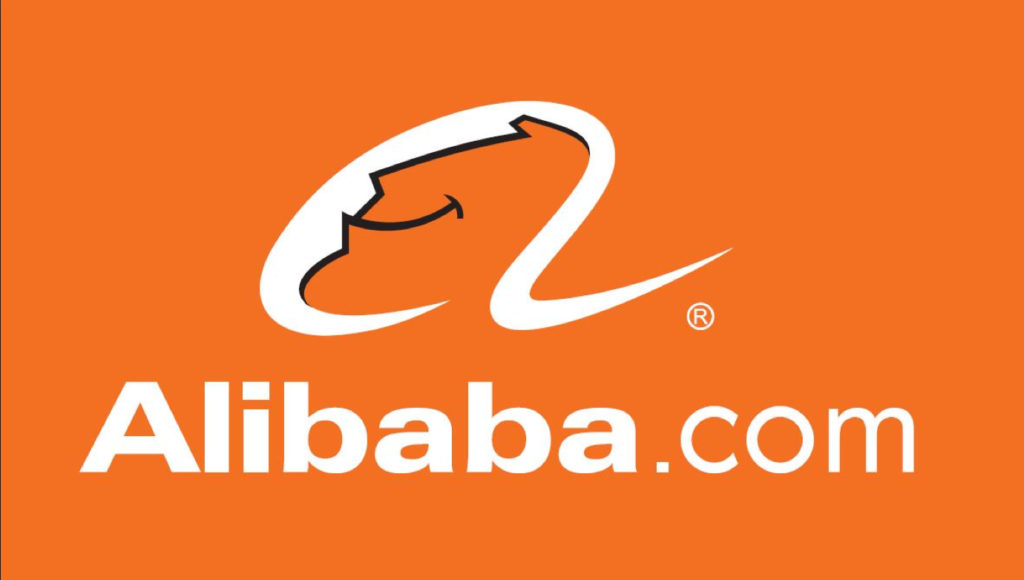
As you embark on the journey of selecting the ideal DigitalOcean alternative, consider the following factors to ensure a seamless transition and sustained success:
1. Workload Analysis and Performance Metrics:
Thoroughly analyze your project’s specific resource requirements, performance expectations, and scalability needs. A comprehensive workload analysis will shed light on the computational power, storage, and networking capabilities necessary to support your applications effectively. Performance metrics should encompass response times, data transfer speeds, and overall system responsiveness. By understanding your workload, you can make an informed decision that aligns with your project’s demands.
2. Geographic Availability and Latency:
The geographical distribution of data centers plays a pivotal role in determining the latency and user experience for your applications. Opt for an alternative with data centers strategically positioned to minimize latency and deliver content swiftly to your target audience. Reduced latency ensures that users across the globe can access your services without undue delays, contributing to enhanced user satisfaction and engagement.
3. Pricing Structure and Cost Management:
Compare and contrast the pricing structures of potential alternatives to ascertain the most cost-effective solution for your project. Scrutinize the pricing models, including pay-as-you-go, subscription plans, and reserved instances. While cost is a significant consideration, it’s equally important to anticipate potential costs as your project scales. Evaluate the impact of increased usage, data storage, and additional services on your budget to avoid unwelcome financial surprises down the road.
4. Support and Documentation:
Strong customer support and comprehensive documentation are pivotal factors in ensuring a smooth transition and operational efficiency. Prioritize alternatives that offer responsive and knowledgeable customer support teams capable of addressing your inquiries promptly. Well-documented resources, tutorials, and guides can empower you to troubleshoot issues independently and optimize your cloud environment effectively. A robust knowledge base and community forums can serve as valuable assets for both beginners and experienced users.
5. Ecosystem Integration and Compatibility:
Assess how well each alternative integrates with your existing software stack, tools, and services. Seamless integration reduces friction and simplifies your workflow, allowing you to leverage familiar tools and frameworks. Consider whether the alternative supports the programming languages, databases, and platforms you rely on for development and deployment. Compatibility between your existing ecosystem and the chosen alternative will streamline your operations and enhance overall productivity.
By carefully evaluating these key considerations, you can confidently select the perfect DigitalOcean alternative that aligns with your project’s unique needs, driving innovation, scalability, and success.
Conclusion: Navigating the Cloudscape with Confidence
In the ever-evolving realm of cloud computing, the quest for the perfect DigitalOcean alternative is a testament to your commitment to innovation and growth. Each alternative discussed here brings its own set of strengths and advantages, catering to a diverse spectrum of projects and requirements. By carefully considering the intricacies of each option and aligning them with your specific needs, you’re poised to carve a path toward seamless expansion, enhanced performance, and technological excellence in the digital landscape.




